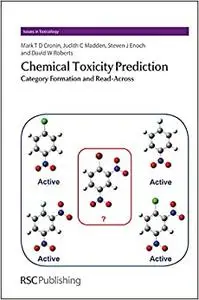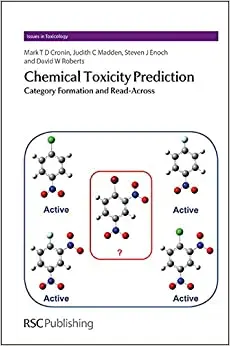Mark Cronin, Judith Madden, Steven Enoch, "Chemical Toxicity Prediction: Category Formation and Read-Across"
English | 2013 | ISBN: 1849733848 | PDF | pages: 204 | 2.9 mb
English | 2013 | ISBN: 1849733848 | PDF | pages: 204 | 2.9 mb
The aim of this book is to provide the scientific background to using the formation of chemical categories, or groups, of molecules to allow for read-across i.e. the prediction of toxicity from chemical structure. It covers the scientific basis for this approach to toxicity prediction including the methods to group compounds (structural analogues and / or similarity, mechanism of action) and the tools to achieve this. The approaches to perform read-across within a chemical category are also described. The book will provide concise practical guidance for those wishing to apply these methods (in risk / hazard assessment) and will be illustrated with case studies. Chemical Toxicity Prediction is the first book that addresses the concept of category formation and read-across for toxicity prediction specifically. This topic has really taken off in the past few years due to concerns over dealing with the REACH legislation and also due to the availability of the OECD (Q)SAR Toolbox. Much (lengthy and complex) guidance is available on category formation e.g. from the OECD and, to a lesser extent, the European Chemicals Agency but there is no one single source of information that covers all techniques in a concise user-friendly format. There is a real need for this information as in silico toxicology has come to the fore in recent years, primarily as a result of the EU REACH legislation, but also due to many other drivers e.g. reduction of animal testing, Cosmetics regulation. Category formation is seen as the only practical approach to make rational and transparent predictions for complex (human) toxicological endpoints. The book covers all the areas required to create a robust category and perform read-across.



